Specialty Springs
Definition of Specialty Springs:
A specialty spring is a spring which is custom designed and manufactured to fulfill a mechanisms function. Specialty springs vary in design depending on the spring configuration needed and force that's needed out of the spring and how it will be applied into a certain application. From various hook types on extension springs to bends on the legs for torsion springs, the possibilities are endless. Every spring is a specialty spring or custom spring made to the users specifications unless it is found in stock.
What Are Specialty Springs?
There are many factors to be taken into mind when designing your specialty spring. There is wire diameter, outer and inner diameter, number of coils, length, etc. These spring dimensions are critical when it comes to getting the right amount of load and travel that your device requires. Even regular compression, extension, and torsion springs can be specialty springs because not every stock spring company will have the spring with the force and maximum safe travel you require. This is because there really is an infinite amount of spring design and dimensions you can have on your spring. You must also focus on your specialty spring's physical features, though.
Your spring's physical specifications are very important due to the fact that they have to fit in your mechanism. Take magazine springs for example. A magazine spring is basically an oval shaped compression spring. These specialty springs must have this shape in order to fit into a firearms's magazine clip.
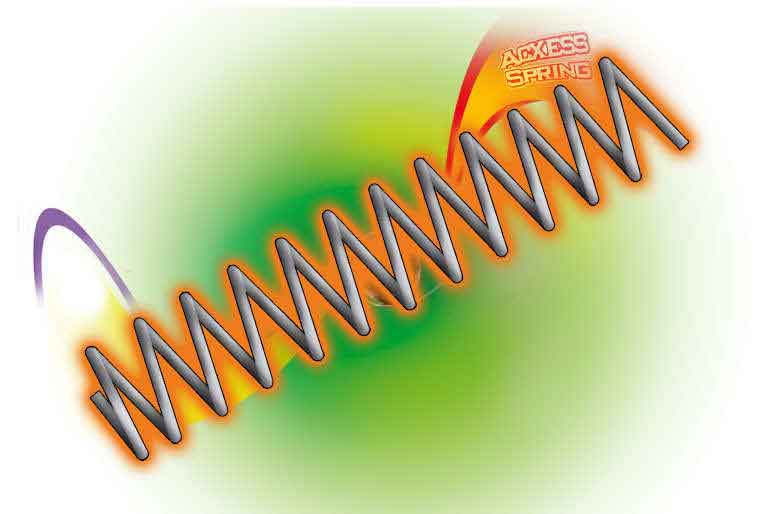
Specialty compression springs are usually conical springs or barrel springs. These springs are used for stability in case that your spring is too long, which may cause your compression spring to buckle if it is not placed over a shaft or inside a whole. These conical specialty springs are also used when you need to get more travel out of a spring since their is a cone shape, the smaller diameter coils telescope into the bigger diameter coils causing a nesting or telescoping effect therefore, providing you with more room to travel.
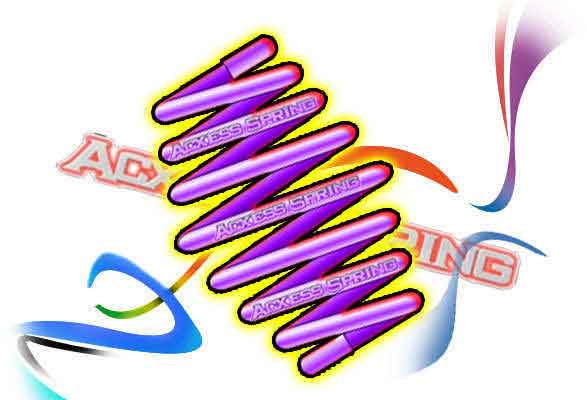
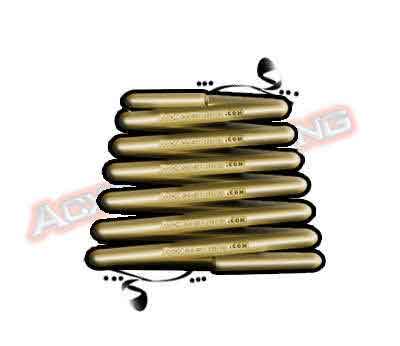
Extension springs are often specialty springs since the force and maximum safe travel distance may vary depending on the body length and hook types. Sometimes, you may have an extension spring with a certain wire diameter and a certain body length which give you a total amount of coils. Just like compression springs, the amount of coils can significantly affect your spring's force. So let's say that you need this spring to have a length inside hook of 1'' but your body length is 0.5'' and with a regular machine hook has a length inside hooks of 0.75''. In this case, what you will want to do in order to not affect your spring's rate and travel, is use extended hooks which is a specialty type of hook since the length of the extended hook will give the desired result.
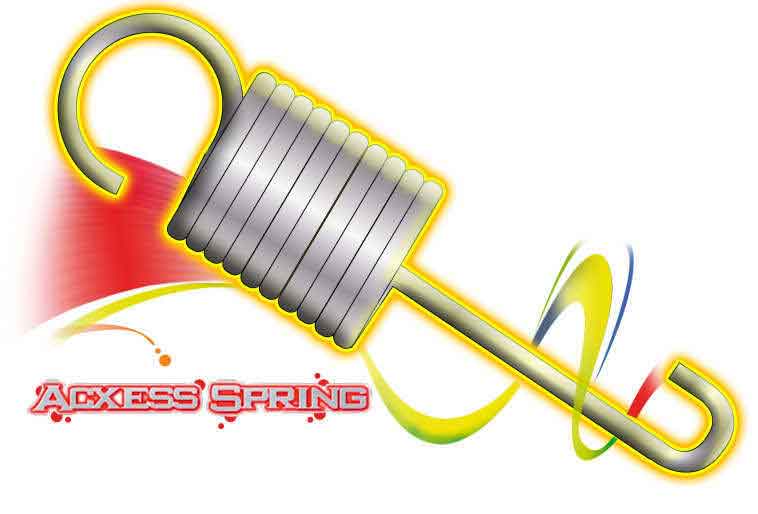
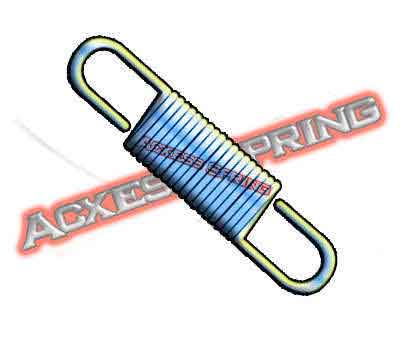
When it comes to torsion specialty springs, a customer will ask for typical leg lengths, which means that both legs are the same length. On the other hand, some devices require different leg lengths or bends so that the end of the leg can be attached to the device. Other torsion specialty springs might even have some pitch in between the coils to avoid friction and to work as compression springs as well.
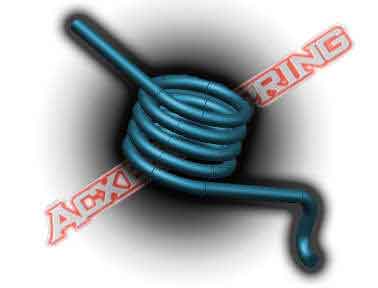
Specialty springs such as garter springs are either extension springs or compression springs with male and female ends. These ends are then joined together to form a garter spring. These springs are labeled as specialty spring's due to the fact that there are different types of male and female ends. It could be connected with hooks, or with a small separate spring connector thats screwed into both of the female end's inner diameter, or one of the ends may have a tapered end in order to be inserted into the female end.





 Español
Español